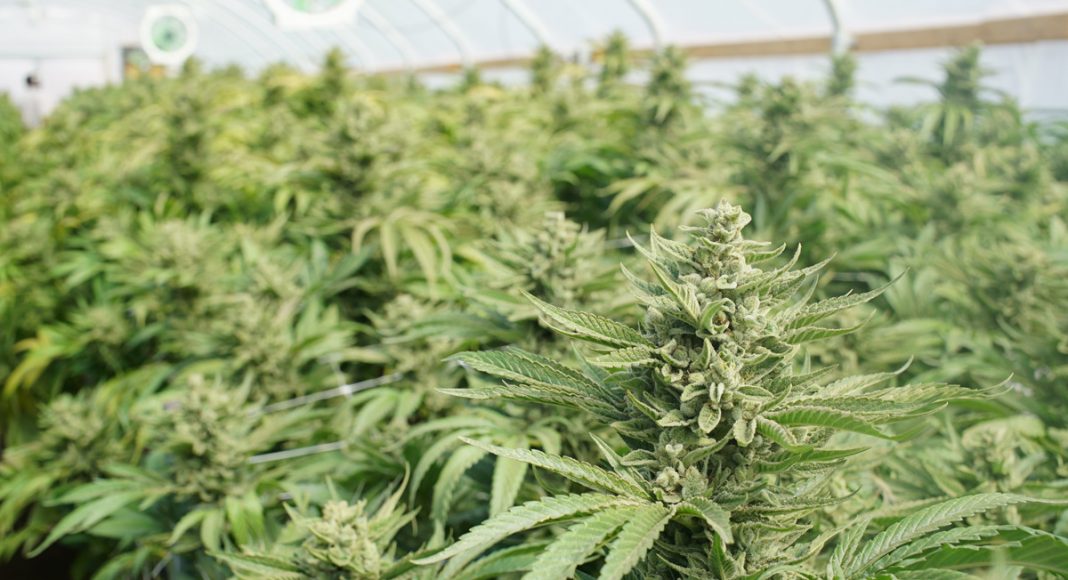While the goons of ganja control over at the U.S. Drug Enforcement Administration have spent much of the past few decades restricting cannabis production in the United States, the agency now seems to be opening up to the idea of growing more weed in the Land of the Free. The nation’s leading dope henchmen have given the green light to increase cannabis production for medicinal research purposes, according to a new filing in the Federal Register. Meanwhile, opioid manufacturers are taking it on the chin.
This does not mean that the DEA is all of a sudden cool with cannabis. Not even close. Despite a growing body of evidence showing that marijuana comes with a wealth of therapeutic benefits, the agency still considers anything derived from the cannabis plant a Schedule I dangerous drug—in the same rank as heroin.
This means the herb has “no known medicinal value” and drug agents will swoop down from the sky and nail your ass to the wall if it is grown without their permission. But since 1968, the DEA has allowed marijuana to be produced by a single supplier—the University of Mississippi. This is the only facility currently permitted to grow the weed used to explore the pros and cons (mostly cons) of this popular plant.
But the DEA is ramping up pot production in 2019. The agency has approved the cultivation of 5,400 pounds of marijuana, which is a substantial raise considering the measly 1,000 pounds being grown this year.
Although the DEA has been working to put more cannabis suppliers to work, it is not immediately known whether the increased pot production will result in any of the reported 25 interested cultivators climbing on board. The last we checked, U.S. Attorney General Jeff Sessions had stymied the concept of bringing on more facilities to grow government weed.
In addition to pushing forward with greener times, the DEA is also curbing the production of popular opioid painkillers, such as oxycodone, hydrocodone, and fentanyl.
-
Related Story: Cannabis Is Becoming A Truly Bipartisan Issue
“We’ve lost too many lives to the opioid epidemic and families and communities suffer tragic consequences every day,” DEA Acting Administrator Uttam Dhillon said in a statement. “This significant drop in prescriptions by doctors and DEA’s production quota adjustment will continue to reduce the amount of drugs available for illicit diversion and abuse while ensuring that patients will continue to have access to proper medicine.”
So, what does all of this mean in the grand scheme of progress on the federal drug reform scale? Not much. As far as we know the DEA’s requested increase in pot production will continue to be supervised exclusively by the University of Mississippi. There have been a number of problems stemming from this antiquated relationship, including poor quality weed being distributed to researchers looking to explore its medical benefits. The only positive takeaway from this change in production is the fact that the DEA has deemed it necessary to make some advancements with respect to medical marijuana.


